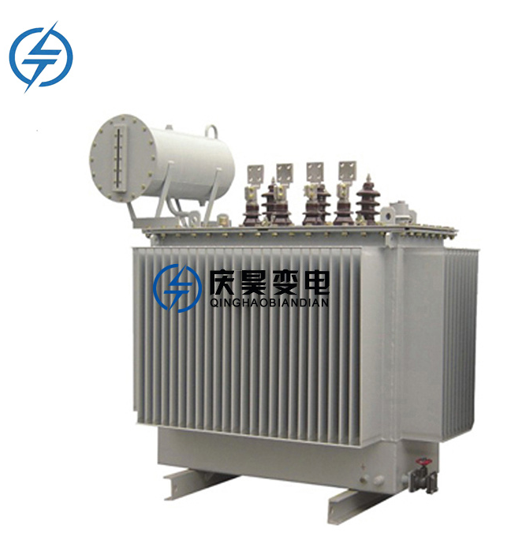Transformer oil analysis and management are critical aspects of ensuring the reliable and efficient operation of electrical power transformers. The oil inside transformers serves several essential functions, including insulation, cooling, and arc suppression. Regular analysis and proper management of transformer oil help in detecting early signs of degradation or contamination, which can lead to equipment failure if left unchecked.
Transformer Oil Analysis
Dissolved Gas Analysis (DGA): This is one of the most important tests conducted on transformer oil. It involves analyzing the concentration of dissolved gases.
Moisture Content: High moisture levels in transformer oil can lead to corrosion, reduced insulation strength, and formation of sludge. Moisture content is typically measured in parts per million (ppm) and should be kept below recommended levels to prevent damage.
Acid Number (AN) or Neutralization Number: This test measures the acidity of the oil, indicating the presence of acidic compounds formed due to oil oxidation. A high acid number suggests that the oil is degrading and may require replacement or treatment.
Interfacial Tension (IFT): IFT measures the oil's ability to separate from water. A decrease in IFT can indicate contamination or degradation, reducing the oil's effectiveness in preventing moisture accumulation.
Dielectric Strength: This test evaluates the oil's insulating properties. A lower dielectric strength suggests contamination or degradation, which could compromise the transformer's safe operation.
Physical Properties: Other tests include checking the oil's viscosity, color, and flash point to ensure they meet the required specifications for effective transformer operation.
Transformer Oil Management
Scheduled Sampling and Testing: Establish a routine schedule for sampling and testing the oil, aligned with industry standards and the transformer's specific operational conditions.
Interpretation and Action: Analyze test results promptly and take necessary actions based on the findings. This might involve corrective maintenance, oil filtration, drying, or complete oil replacement.
Trending and Historical Data Analysis: Maintain a database of test results to track trends over time. This historical data helps in predicting potential issues and planning preventive maintenance.
Contamination Control: Implement strict procedures for handling and storing transformer oil to prevent contamination. Use clean, dry containers and ensure all equipment coming into contact with the oil is clean.
Condition Monitoring Systems: Consider installing online monitoring systems that provide real-time data on key parameters, enabling faster response times to potential issues. 
By adopting a proactive approach to transformer oil analysis and management, utilities and industrial operators can significantly enhance transformer reliability, extend equipment lifespan, and minimize unexpected downtime and repair costs.